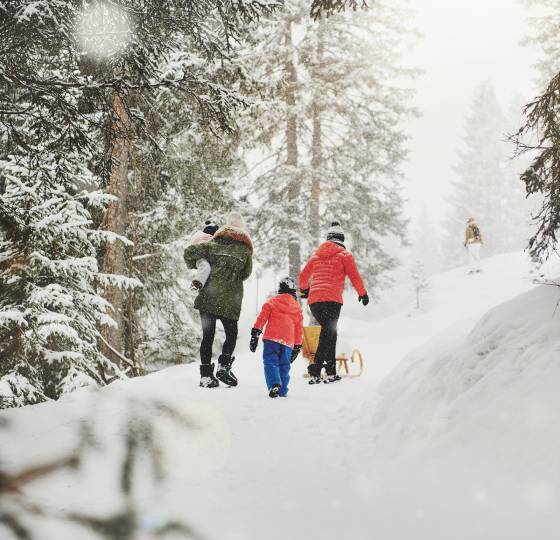MEASURING COTTON BALLS

article of 18.01.2024
They fall silently and inconspicuously from the sky. But if you take a closer look, every single snowflake is a small work of natural art — and no two are alike.
The basic formula is banal: one oxygen atom plus two hydrogen atoms plus cold result in ice. But this results in fantastic structures. Snowflake research today reveals 121 basic crystal forms.
Most snowflakes emerge from a hexagonal prism. Depending on three factors: humidity, temperature and their path through air layers, crystals grow and change. The higher the humidity, the more complex the crystal structure. 90 years ago, snowflake researcher Ukichiro Nakaya said that thin, plate-like crystals form at -2 degrees Celsius. At -5 degrees they mainly form into needle shapes.
FUN FACT
According to the Guinness Book of Records, a 38-centimeter snowflake fell in Montana in 1887, the largest ever recorded.
The basic formula is banal: one oxygen atom plus two hydrogen atoms plus cold result in ice. But this results in fantastic structures. Snowflake research today reveals 121 basic crystal forms.
Most snowflakes emerge from a hexagonal prism. Depending on three factors: humidity, temperature and their path through air layers, crystals grow and change. The higher the humidity, the more complex the crystal structure. 90 years ago, snowflake researcher Ukichiro Nakaya said that thin, plate-like crystals form at -2 degrees Celsius. At -5 degrees they mainly form into needle shapes.
FUN FACT
According to the Guinness Book of Records, a 38-centimeter snowflake fell in Montana in 1887, the largest ever recorded.

